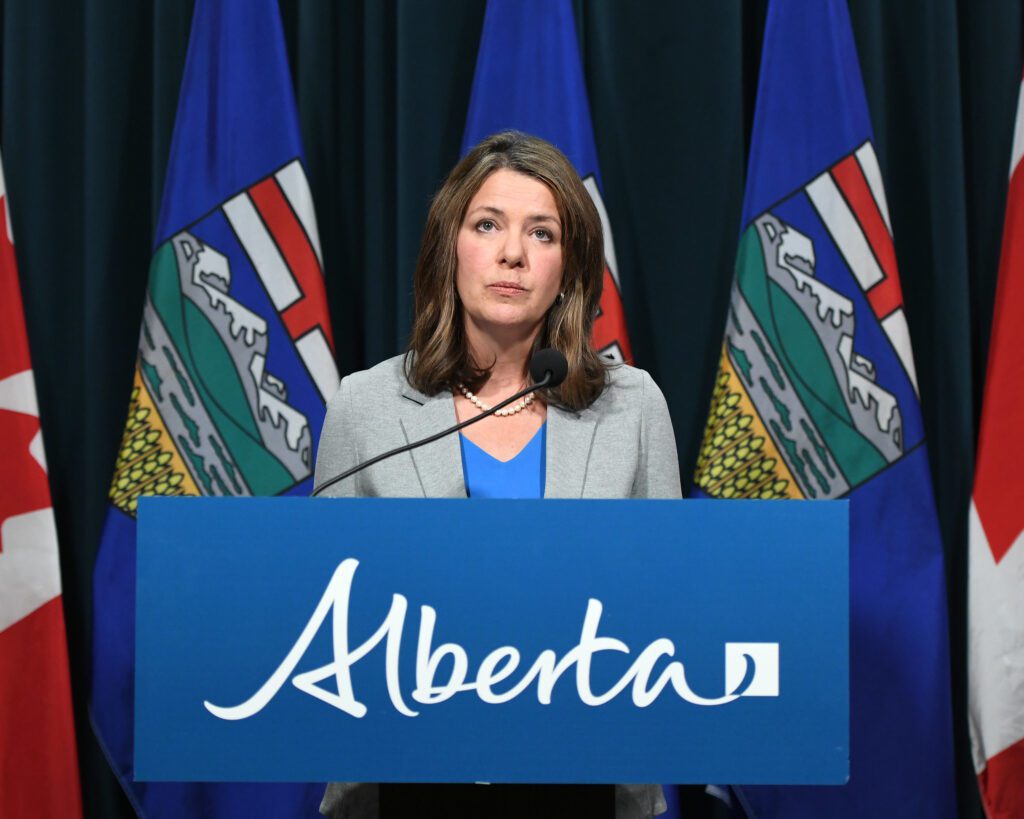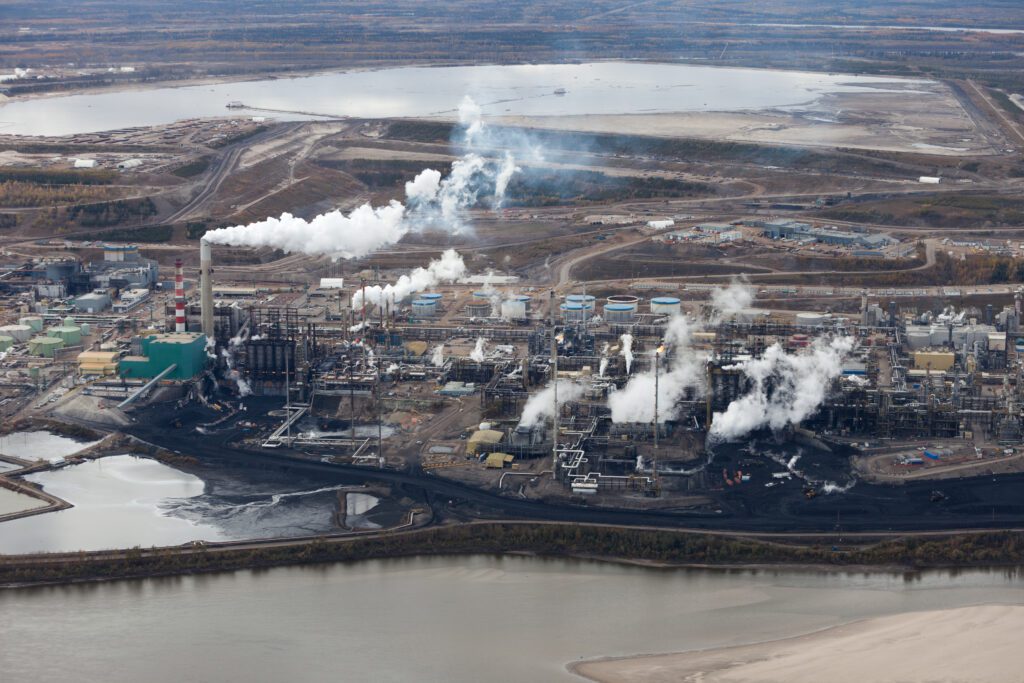On April 19th, the federal government released their much anticipated 2021 federal budget: A Recovery Plan for Jobs, Growth, and Resilience.
There’s a lot to cover in this 725 page document, which includes around 300 measures aimed at both supporting the country through the third COVID-19 wave, and stimulating the recovery post-pandemic.
Here are Environmental Defence’s hot takes, but a longer analysis will follow in the coming weeks.
Let’s set the context
It has been two years since the government has released a budget.
The release Budget 2021 follows a year of promises from the federal government to make significant investments towards putting Canada on a path to a genuinely healthier, more resilient and more inclusive future through a just and green recovery from the COVID-19 pandemic.
And a side note: this is the first time ever in Canadian history that a federal budget has been tabled by a female finance minister.
Hot ticket items
This budget comes at a time when people are still struggling under the third wave of the COVID-19 pandemic. Keeping communities safe and supported must be the priority, and many of the measures contained in the budget aim to do just that, including a $12 billion plan to extend key COVID-19 business aid and income support programs.
Rightfully so, a lot of attention has been given to some of the really meaningful commitments in this budget – most notably, a $30 billion investment into child care. We know that the pandemic has hit women hard. The introduction of an affordable national child-care plan is crucial to ensure that women can fairly participate in and benefit from green and just recovery efforts.
Lastly, the budget puts forward more than $18 billion for Indigenous Peoples.
Investing in a green recovery
Budget 2021 contains unprecedented investments to tackle climate change and a range of measures targeting other environmental priorities. The government’s tally of green recovery measures puts the number at $17.6 billion allocated over seven years (though there’s some discrepancies there). This includes things like $4.4 billion for home energy efficiency retrofits and nearly $2 billion to help provinces and territories respond and recover from natural disasters.
Though historic for Canada the scale of investments falls short of the ambition we see internationally, especially from the United States. A similar level of investment here would translate into $500-$600 billion over the same period. Though not all of this is strictly green recovery investments, there is a much greater focus on this in the United States.
The modest level of investment in climate action, coupled with an ongoing weak regulatory approach, explains why this budget only results in a 36 per cent reduction in carbon emissions by 2030, very far from Canada’s fair share of 60 per cent reductions.
What about a just recovery?
The budget does also include investments to tackle the social injustices people in Canada endure everyday, such as a $15 federal minimum wage and increased affordable housing.
Though some measures were included to help ensure wealthy Canadians and corporations pay their fair share, these fall short of the investments needed to create a green and just transition to a low carbon future.
Oh no, more fossil fuel subsidies!
Last week we released a new report – Paying Polluters: Federal Financial Support to Oil and Gas in 2020 – that revealed that despite promises to phase out fossil fuel subsidies, the federal government continues to prop up the very companies most responsible for the climate crisis with huge sums of public money. In fact, the government announced a minimum of almost $18 billion to the oil and gas sector in 2020.
Hiding in the details of Budget 2021 are some concerning elements, including a new commitment of more than $6 billion in financial support and new tax credits for high-emitting sectors. Without robust conditions, this money could support technologies – including plastic waste-to-fuel projects, carbon capture and fossil fuel-derived hydrogen – that will delay a transition away from fossil fuels and single-use plastics and lock us into decades of increased carbon pollution.
These unproven and expensive technologies also hide a critical reality: the energy transition is happening. If we fail to prepare, it will be workers and communities who pay the price. These financial supports could provide government handouts to the very companies and activities polluting our air and water and threatening our collective future.
As we respond to one health crisis, we must not forget that the climate crisis is also a health crisis. Air pollution from burning fossil fuels kills nearly 9 million people a year globally, and over 30,000 in Canada. Investments in the green economy cannot tackle the climate crisis alone. We also need a plan to rapidly wind down production of fossil fuels in order to limit catastrophic levels of warming. This will require courage and leadership from our elected leaders.








